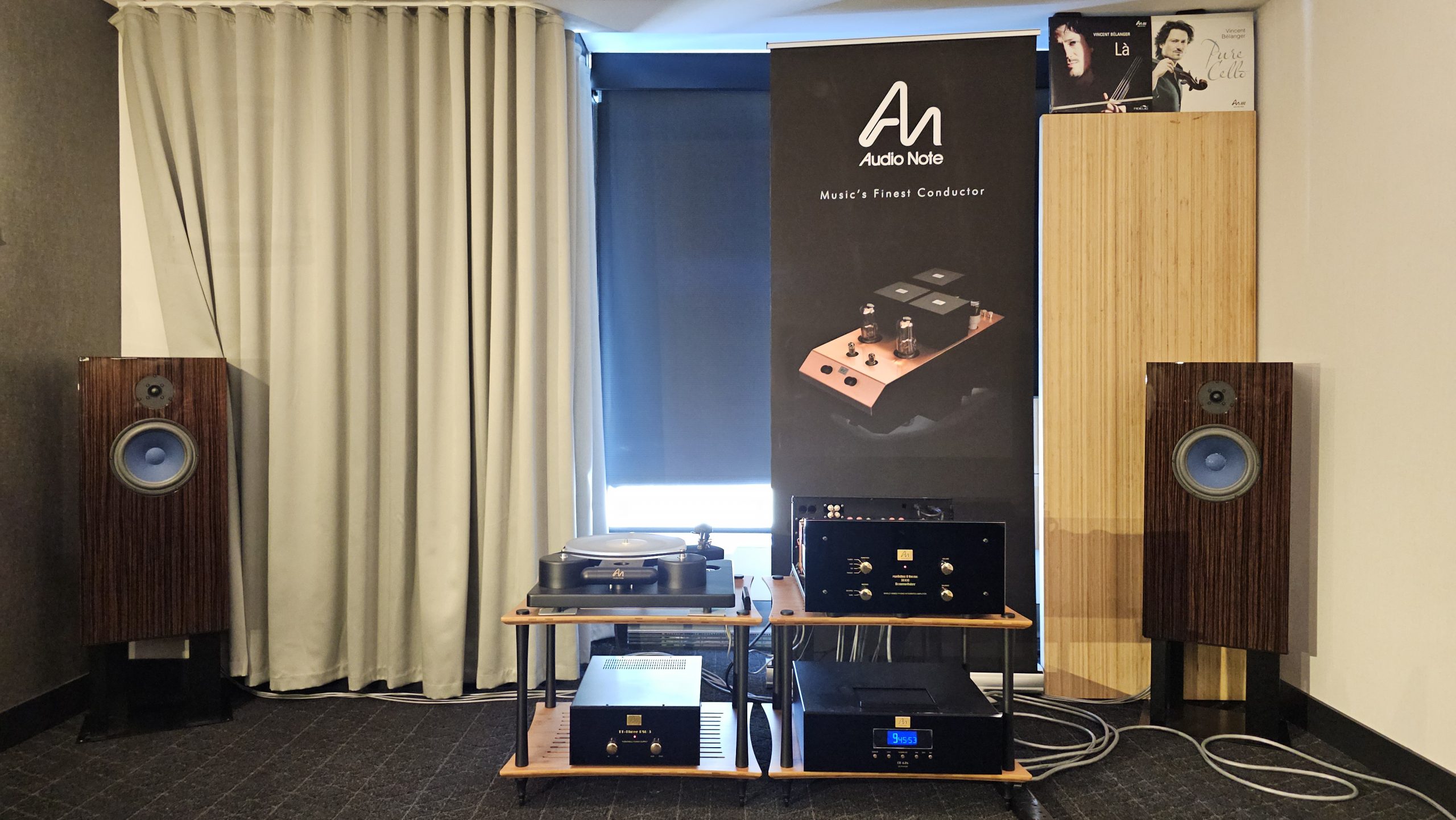
Prices listed in CA$.
I heard a classical orchestral piece in the Audio Note UK room (I will tell you what it was later) and noticed three things:
1. Timpani sounded like an explosion instead of a real timpani
2. Decays sounded like an applied reverb instead of natural hall ambience
3. The instruments sounded all over the place instead of how an orchestra in a hall should sound.
Bad news? Quite the opposite. All of this indicated that the system was doing its job and being faithful to an LP-recording of “Carmen Suite” by Rodion Shchedrin (Bolshoi Theatre Orchestra conducted by Gennady Rozhdestvensky). What I described above is how an early stereo orchestral recording is supposed to sound, especially one from the old Soviet Union. If a recording like this sounds too polished or modern, it means the system is adding something of its own character to it—embellishing it—and lacking in fidelity. This all-Audio Note system, on the other hand, got it right. The system included a pair of AN-E-SPe HE speakers in a Makassa Ebony finish ($18500/par), a class-A, 8Wpc, zero negative feedback, single-ended-triode (SET) Meishu Phono 300B Tonmeister integrated amplifier ($19,300), and a TT Three turntable with PSU 3 and Arm 3 tonearm fitted with an IQ2 MC cartridge ($30,000). Cabling was also by Audio Note ($various).
The performance and the sound, as delivered by this system, shared the same spirit: animalistic and visceral. An orchestral recording like this should never sound too natural or refined. It should sound like punk rock. And that’s exactly what the system delivered. What I heard was the very definition of high fidelity.

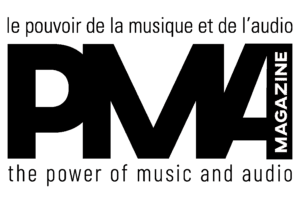
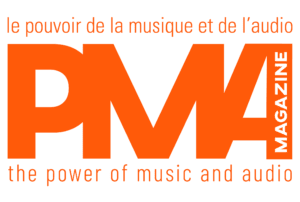
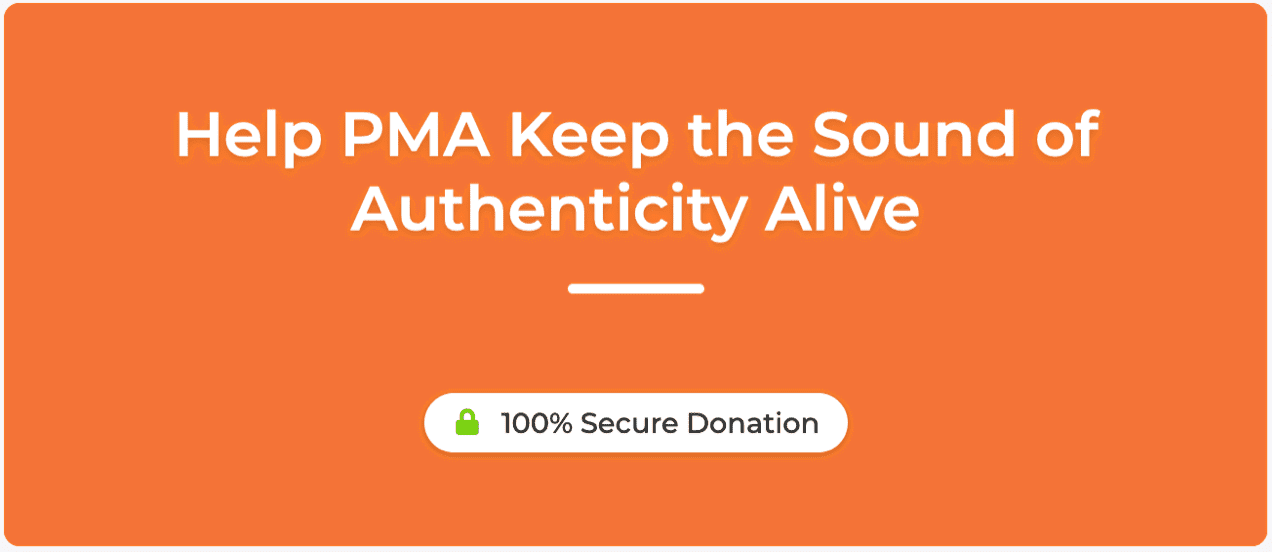
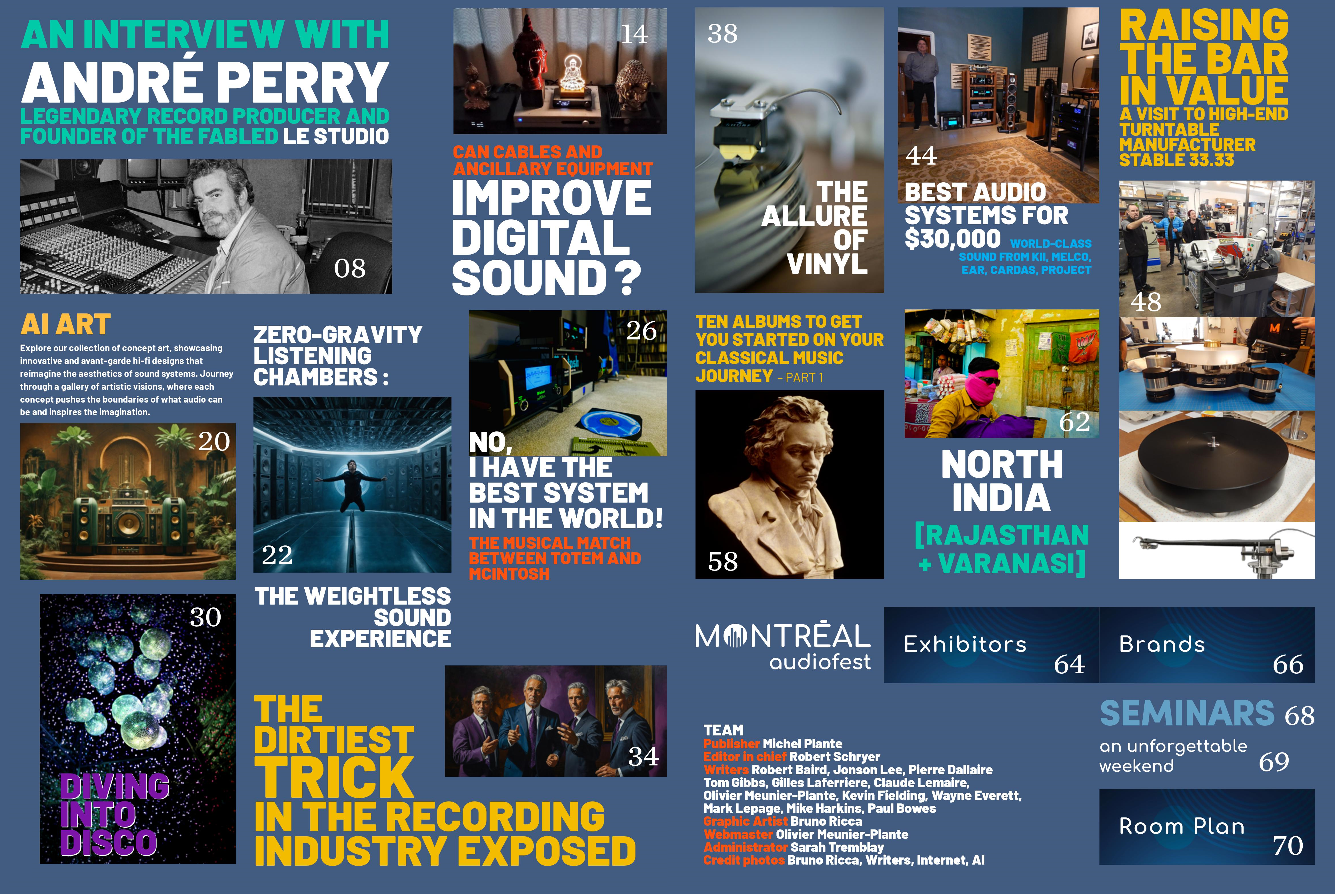
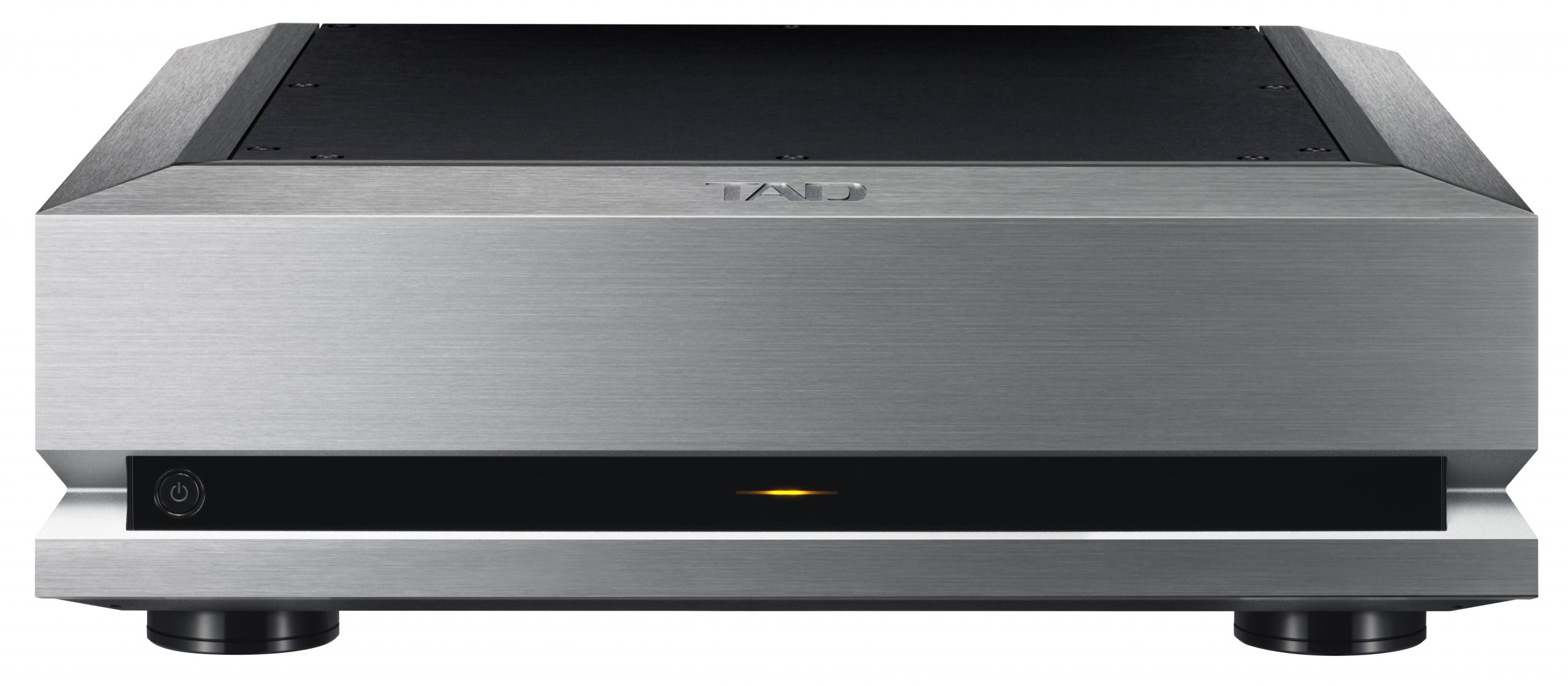
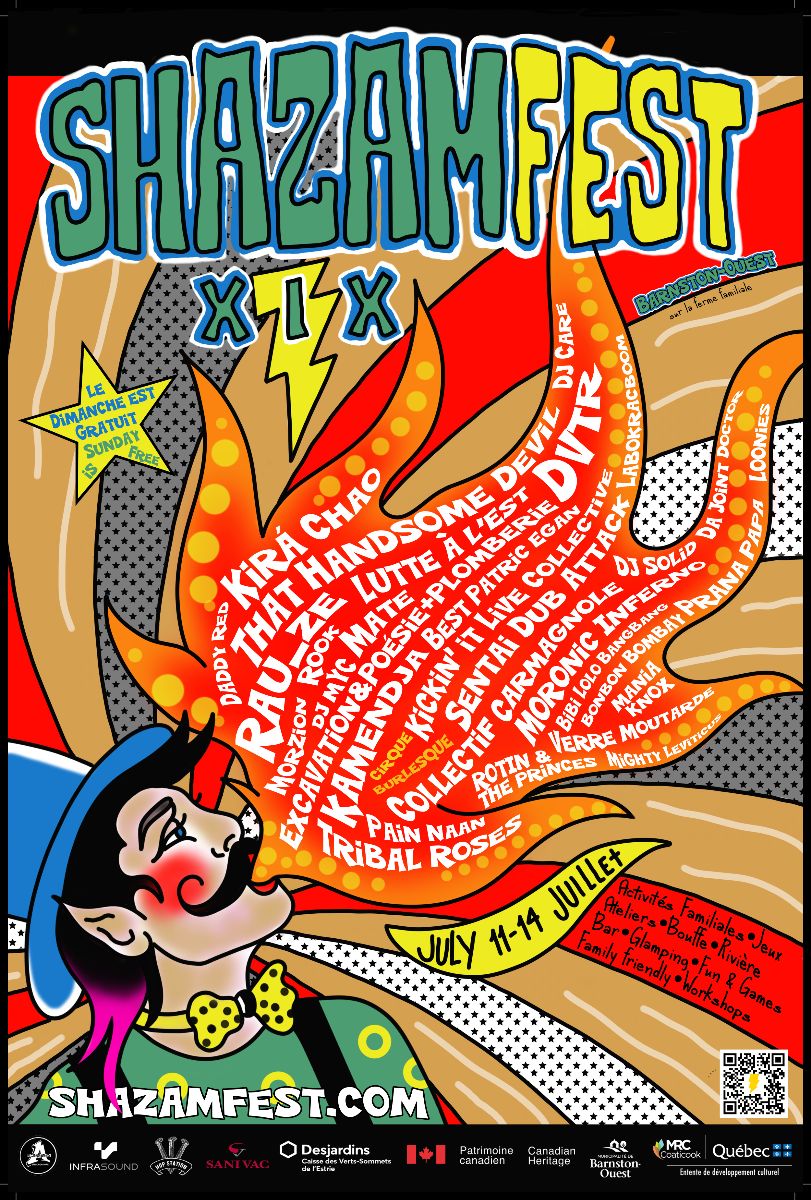
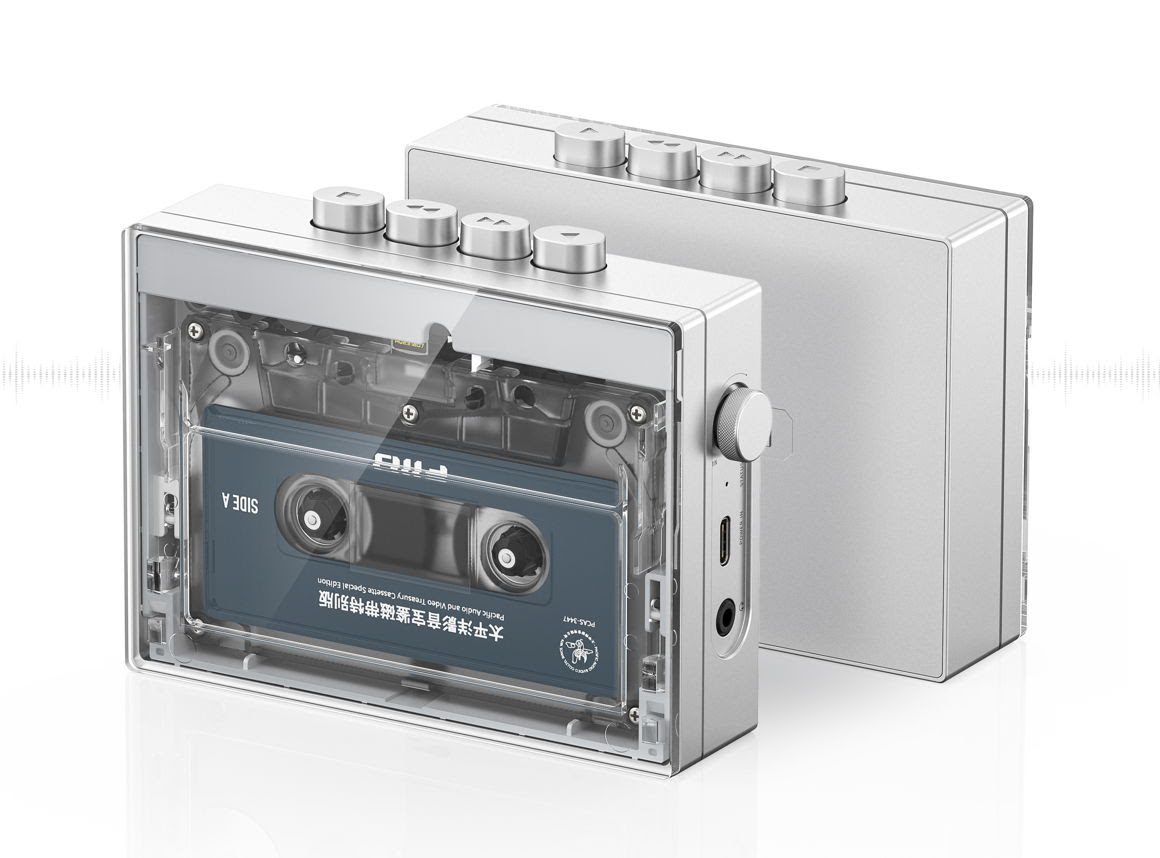

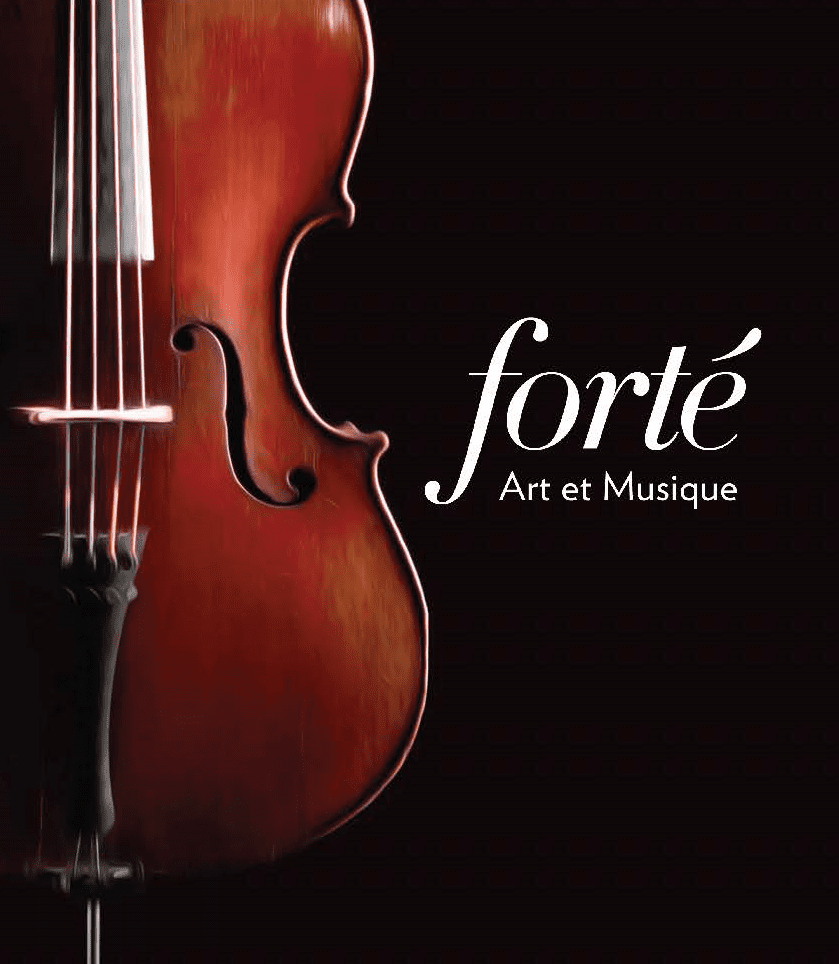
Leave a Reply